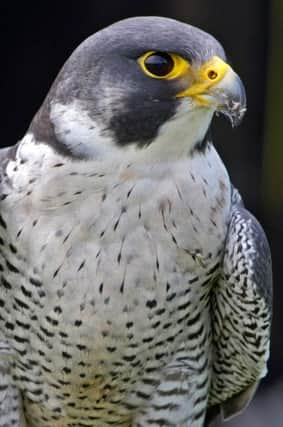Bid to boost birds of prey numbers in the Peak District fails


The £30,000 Peak District Bird of Prey Initiative aimed to increase numbers of raptors throughout the national park.
But results have showed that peregrine falcon numbers have actually declined during the project, while others were below expectations.
Advertisement
Hide AdAdvertisement
Hide AdTargets agreed by the five organisations involved have not been achieved – and in some cases numbers are even lower than before.
Officials from the Peak District National Park Authority said the reasons for the declines are not fully understood.
But important factors are likely to include illegal persecution, disturbance and availability of key prey.
Sarah Fowler, chief executive of the Peak District National Park, said she was disappointed by the results.
Advertisement
Hide AdAdvertisement
Hide AdShe said: “We will be seeking a greater level of commitment from partners in the Initiative to reverse the fortunes of birds of prey.”
Amanda Anderson, director of the Moorlands Association, said: “We are renewing our action plan and redoubling our efforts to ensure that this brings improved results.
“The partnership has also agreed that this work needs to be extended to cover other species, notably goshawk and hen harrier, and to include the South West Peak.”
The Initiative is focusing on working more closely with landowners and gamekeepers to stop illegal persecution.
Advertisement
Hide AdAdvertisement
Hide AdThe organisations involved – the Peak District National Park, Moorland Association, National Trust, Natural England and RSPB – will now work closely with landowners and gamekeepers to stop illegal persecution.
KEY FINDINGS OF THE REPORT
Despite a target of 15 pairs of breeding peregrine falcon, numbers have in fact declined from six pairs to four pairs since 2012.
For short-eared owl the numbers are more positive: 16 breeding pairs have been recorded but many more birds were recorded hunting. It is therefore unclear if the target of 25 breeding pairs has been met. For merlin the results show that the population is stable with around 18 breeding pairs. Whilst not meeting the Initiative’s target of 32 breeding pairs, it is bucking the national trend of a reported slow decline in merlin numbers.